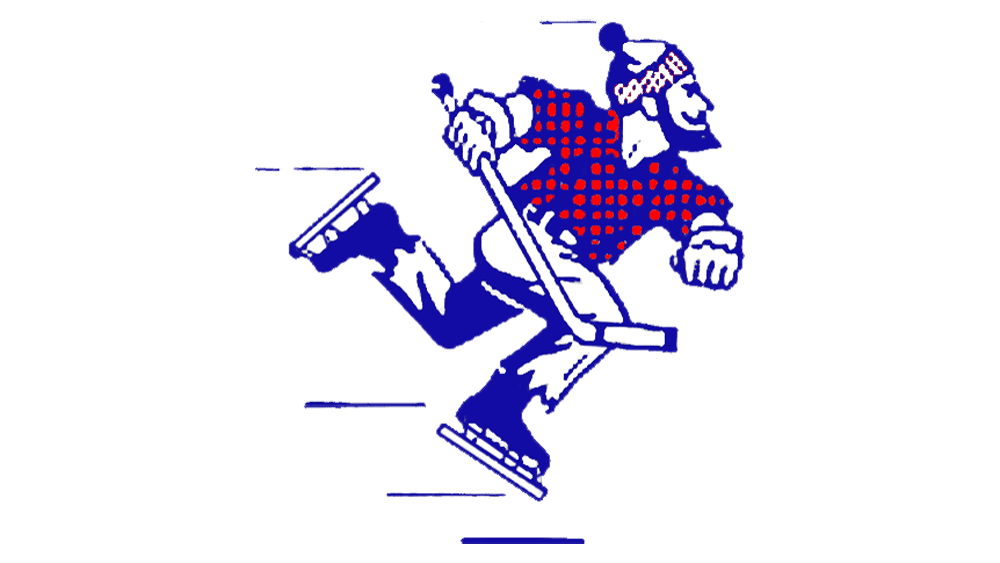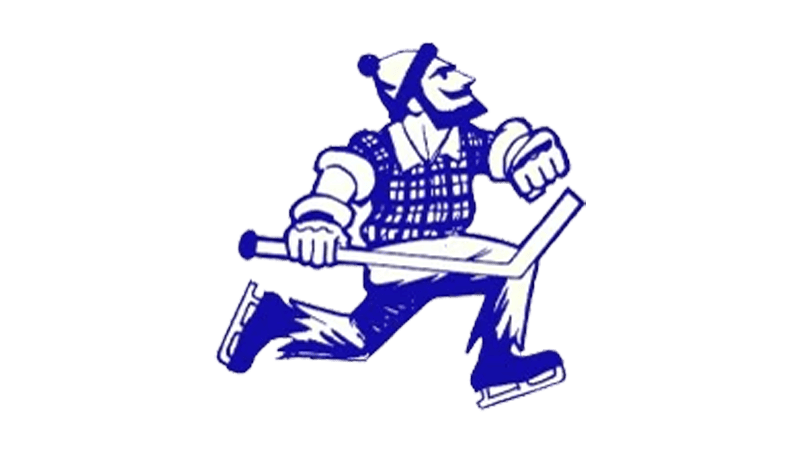Vancouver Canucks Logo
Tags: Canada | ice hockey | NHL
Vancouver Canucks is a legend of Canadian ice hockey. Founded in 1945 as a part of PCHL, the team later joined the NHL. It has transformed this type of sport with unusual strategies and unique player tactics which led the Canucks to dozens of prestigious trophies in domestic and Canada-wide tournaments.
Meaning and History
The Vancouver Canucks, an illustrious name in the world of ice hockey, carries a rich history and a deep connection to its roots. The name ‘Canucks,’ a colloquial term for Canadians, embodies a sense of national pride and local identity. It reflects the team’s commitment to representing not just a city, but a nation’s passion for hockey. This name has become synonymous with Vancouver’s spirit and its love for the sport, making it a beacon of Canadian hockey culture.
The team’s journey began in 1945 as part of the Pacific Coast Hockey League, marking the start of a storied legacy in professional ice hockey. It was in 1970 that the Canucks ascended to the National Hockey League (NHL), starting a new era of top-tier competition and regional representation. This transition to the NHL signified a major leap, bringing Vancouver to the forefront of the hockey world and sparking a fervent fan following.
Over the decades, the Vancouver Canucks have carved out a reputation for resilience and excellence. Their history is punctuated by remarkable achievements, including multiple division titles and heart-stopping runs to the Stanley Cup Finals.
What is Vancouver Canucks?
Vancouver Canucks is a Canadian ice hockey team, established in 1945. With the domestic games held in the Roger Area, Canucks play a major role in today’s world of Canadian hockey. Since the foundation, they’ve won a line of trophies and cups in the currently defunct PCHL and NHL, the nation’s largest sports organizations.
1952 – 1964
The earliest logo features a hockey player wearing old-fashioned gear, in mid-stride, holding a hockey stick. The figure is depicted in a dynamic, leaping motion, outlined against a large maple leaf, symbolizing the team’s Canadian heritage.
1964 – 1970
This logo also features a hockey player, depicted in a more modern illustration style compared to the previous one. The player is in a skating posture, exuding a sense of movement and action, giving a classic feel of ice hockey’s golden era.
1970 – 1978
A shift from figurative to minimalist, the 1970 version is a simple green and blue rink shape with a white outline, encapsulating the letter ‘C’ for Canucks. It’s a stark contrast to the previous, more intricate designs, offering a bold and modernist appeal.
1978 – 1997
This period introduces the iconic ‘Flying Skate’ or ‘Plate of Spaghetti’ logo. It is more elaborate, with a skate featuring yellow, orange, and red stripes, giving the impression of motion, with ‘Canucks’ written along the blade.
1997 – 2007
The team presents a new mascot, a Haida-style Orca whale breaking out of ice in the shape of a ‘C’. The logo uses navy blue, maroon, and silver colors, representing the Pacific Northwest indigenous art.
2007 – 2019
This iteration is a refinement of the Orca logo, maintaining the overall design but streamlining the color palette and design elements for a more modern look.
2019 – today
The current logo keeps the character, but the design is even more streamlined. The ‘C’ shape is more pronounced, and the color scheme is a simpler combination of blue and white symbolizing a new era for the team while respecting its past.
Color
The brand uses blue, gray and white as the main hues to depict its logotype. These colors are often associated with ice hockey aesthetics.
Font
The latter logotype is always featured without inscriptions and characters. The text appears in the 1978 version, featuring the name in a bold, streamlined typeface with all caps. Plus, the 2007 logotype features the city name in angular uppercase characters.










